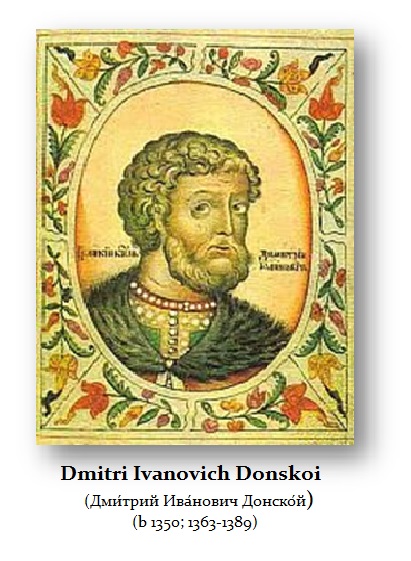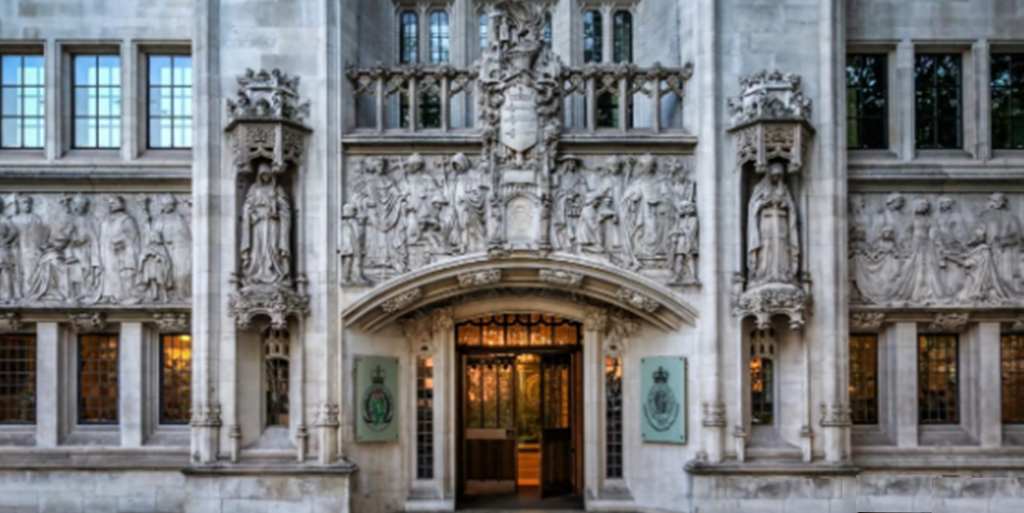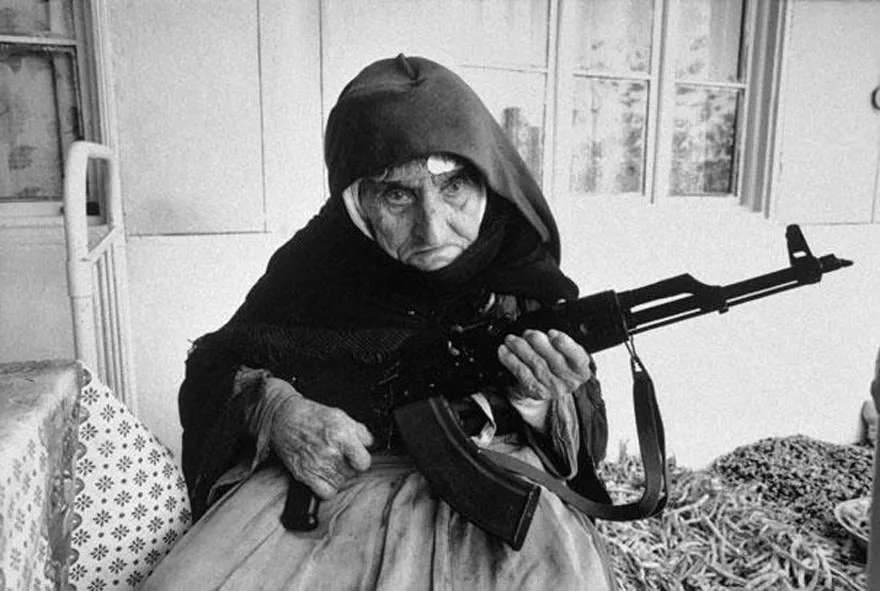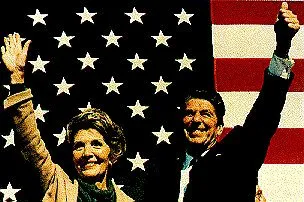I have clients on every continent and traveled just about everywhere. What I have learned is to understand the people of any nation, you simply have to (1) know its background and history, and (2) its language. The combination of these two elements allow you reach the all critical comprehension of their thinking process for it is only human to judge others by yourself. This is critical and then you must be self-aware and on guard against your own inner assumptions of bias that sometimes prevents you from seeing the reality in any situation no less trading.
In Japan, when I first went there, I stayed in the ANA Hotel (All Nippon Airways) in Akasaka. I could leave, but it was impossible to return by cab. When I asked how to get back they told me I had to say Zen Niko. That was nowhere on the sign. I told a cab driver Zen Niko and he took me right there. When he looked at the sign, he told me “Ana Hotel” like the woman’s name in English. I came to realize that if the writing system was kanji composed of words rather than an alphabet, it made sense. ANA to them was a word, not letters so it became “Ana”. This is the “thinking process” that is so critical to understand a people and their culture.
When it comes to Russia, we have no concept in the West of how Russians are different from those in the West. The Slovak people may be brothers Russia, Ukraine, and Belarus, but at the same time they will fight when drunk at a wedding even when they are the same family members. I know people of the same family on both sides of Ukraine and they tolerate each other, yet in the East they accept them just as Neo-Nazi fascists kind of like the Roosevelt family with Teddy being Republican and Franklin a Democrat. Unlike America were it is a melting pot, this region remains very much a ethic culture with little invasion.
From a Russian perspective, there remains a fair criticism of the US government that it is very much a hypocrite. In 1980, Russia hosted the Summer Olympic Games, which were boycotted by the United States and several other Western countries due to the Soviet Union’s involvement in Afghanistan in late 1979. There was serious consideration of boycotting 2014 games over gay rights. The US has invaded Iraq and Afghanistan, yet US invasions are never in the eyes of Washington on equal terms with Russia.
Moscow is a city named after the river (old Russian: гра́д Моско́в, literally “the city by the Moskva River”). Moscow first appears in recorded history dating back to 1147AD when Yuri Dolgorukiy called upon the prince of the Novgorod-Severski to “come to me, brother, to Moscow”. It was about 9 years later when Prince Yuri Dolgorukiy of Rostov ordered the construction of a wooden wall that became the Kremlin in 1156.
Moscow was sacked in 1237–1238, when the Mongols burned the city to the ground and killed almost all of its inhabitants. Moscow still rose from the ashes and emerged as the capital of the independent Vladimir-Suzdal principality in 1327. Moscow grew economically expanding in trade thanks to its position on the Volga River. Moscow eventually became known as Grand Duchy of Moscow and attracted a large number of people from across the entire Russian area we know today as most city centers do such as Rome in ancient times, London, and New York in their days.
It was under Ivan I (b 1288; 1325-1340) that Moscow became a political center of Vladimir-Suzdal emerging as the sole collector of taxes for the Mongol-Tatar rulers demanding tribute. Because Ivan I was able to collect taxes, his high tribute payments to the Mongol Khan transformed Russia into an economic asset. Unlike Ukraine, Ivan did not split Moscow among his sons and we see the throne passing only to the eldest, a very English tradition of Monarchs.
The people of Moscow grew to resent the high taxes that led to a rising civil unrest and opposition against foreign domination. In 1380, prince Dmitri Ivanovich Donskoi (b 1350; 1363-1389), also known as Saint Dmitry of Moscow, led a united Russian army to an important victory over the Tatars in the Battle of Kulikovo. The battle, however, was not decisive and only two years later Moscow was sacked again by Khan Tokhtamysh of the Mongols.
Ivan Vasilevich III the Great (b 1440; 1462-1505) became the Grand Duke of all the Rus in 1502 after in 1480, he finally broke the Russian people free from Mongol-Tatar control, allowing Moscow to become the center of power in Russia as a nation. Under Ivan III the city became the capital of the emerging Russian Empire that would eventually encompass all of present-day Russia and other lands.
In 1571, the Crimean Tatars returned and sacked Moscow, burning everything but the Kremlin to the ground once again. The reason for Russian military aggression was argued to be retaliation against the Tatar’s raids of their southern regions. Tatars eventually lost their influence in the region and Moscow eventually moved southward toward the Caspian Sea.
The Time of Troubles (Russian: Смутное время) was a period of about 15 years in Russian history comprising of an interregnum between the death of the last Russian Tsar of the Rurik Dynasty, Feodor Ivanovich (b1557; 1584–1598), who was generally unhealthy and some claimed mentally challenged – a simpleton. He left no heir upon his death and this led to a chaotic period with no ruler until 1613 when the Romanov Dynasty was established that ended with the Communist Revolution in 1917.
In 1601–1603, Russia suffered a famine that killed one-third of the population, which was reported to be about two million. At this time, Russia had been occupied by the Polish-Lithuanian Commonwealth in the Dymytriads, who oppressed the Russian people and they suffered greatly resulting in a period of civil uprisings.
In 1609, the Swedish army led by Count Jacob De la Gardie and Evert Horn started their march from Great Novgorod toward Moscow to help Tsar Vasili Shuiski, entered Moscow in 1610 and suppressed the rebellion against the Tsar, but left it early in 1611, following which the Polish–Lithuanian army invaded.
The nation rose together in 1612 under the leadership of Kuzma Minin, a Nizhny Novgorod merchant, and Prince Pozharsky, for the liberation of Moscow from the Polish–Lithuanian invaders. After the battle for Moscow on October 22, 1612 (1 November New Calendar Style), the invaders retreated to the Kremlin. The nearby Polish army was forced to retreat and those held up in the Kremlin surrendered to the triumphant Pozharsky. Annually on November 4th, Russia officially celebrates the anniversary of this event as a Day of National Unity.
This was later followed by popular uprisings such as the Salt Riot of 1648, followed by the Copper Riot of 1662, and then Moscow Uprising of 1682. This was one period of Revolution that lasted about 72 years as is historically the case.
There were also plague epidemics that ravaged Moscow in 1570–1571, 1592 and 1654–1656. Indeed, Moscow actually ceased to be Russia’s capital in 1712, after the founding of Saint Petersburg by Peter the Great near the Baltic coast in 1703. This was akin to Constantine moving the capital of Rome to Constantinople in 337AD.
Ivan Mazepa was a Ukrainian who supported the Swedish against the Russians. The Battle of Poltava on June 27th, 1709 was a turning point in Russian history. This was a battle, where Peter the Great and the Russians defeated the Swedish army in a turning point in a war with Sweden. Poltava is actually in Ukraine, and Ivan Mazepa remains a Ukrainian hero and a traitor to Russia to this very day. This was the decisive battle that placed Russia as a major power on the European stage of politics. So here we are facing the 309.6 year cycle and we see Ukraine matched against Russia once again that turns in 2018.
The Plague of 1771 was the last massive outbreak of plague in central Russia that was reported as killing up to 100,000 citizens in Moscow alone. During the French invasion of Russia in 1812, the Muscovites burned the city and evacuated, as Napoleon’s forces were approaching on September 14th. Napoleon’s Grande Armée, plagued by hunger, cold and poor supply lines, was forced to retreat and was nearly annihilated by the devastating Russian winter and sporadic attacks by Russian military forces. As many as 400,000 of Napoleon’s forces died during this time, and only a few tens of thousands of ravaged troops managed to return.
The history of Russia has been one of conflict. Many have tried to invade, but the interesting aspect of cycles, nothing lasts forever. So to Russians, it is not so much a theory of dominating the world, it is a feeling that it is their turn. The collapse of the Soviet Union was seen by Putin as the greatest tragedy of the 20th century. It is not that Russia has been the aggressor throughout history, but far too often the pawn between Asia and Europe.
The Age of Empire is gone. Technology has rendered those ideas antiquated at best. But before these older generations die out, the memory of enemies and empires still haunt the hallow halls in their minds. As the economy turns down, government needs war to divert the people and their anger from themselves. In the dark halls of Washington where the Fourth Branch hides, the arrogance of their officialdom prevails and they should remember that standing armies are wasted if not used, and therein lies the threat to the future. We need a change of thinking on both sides.















